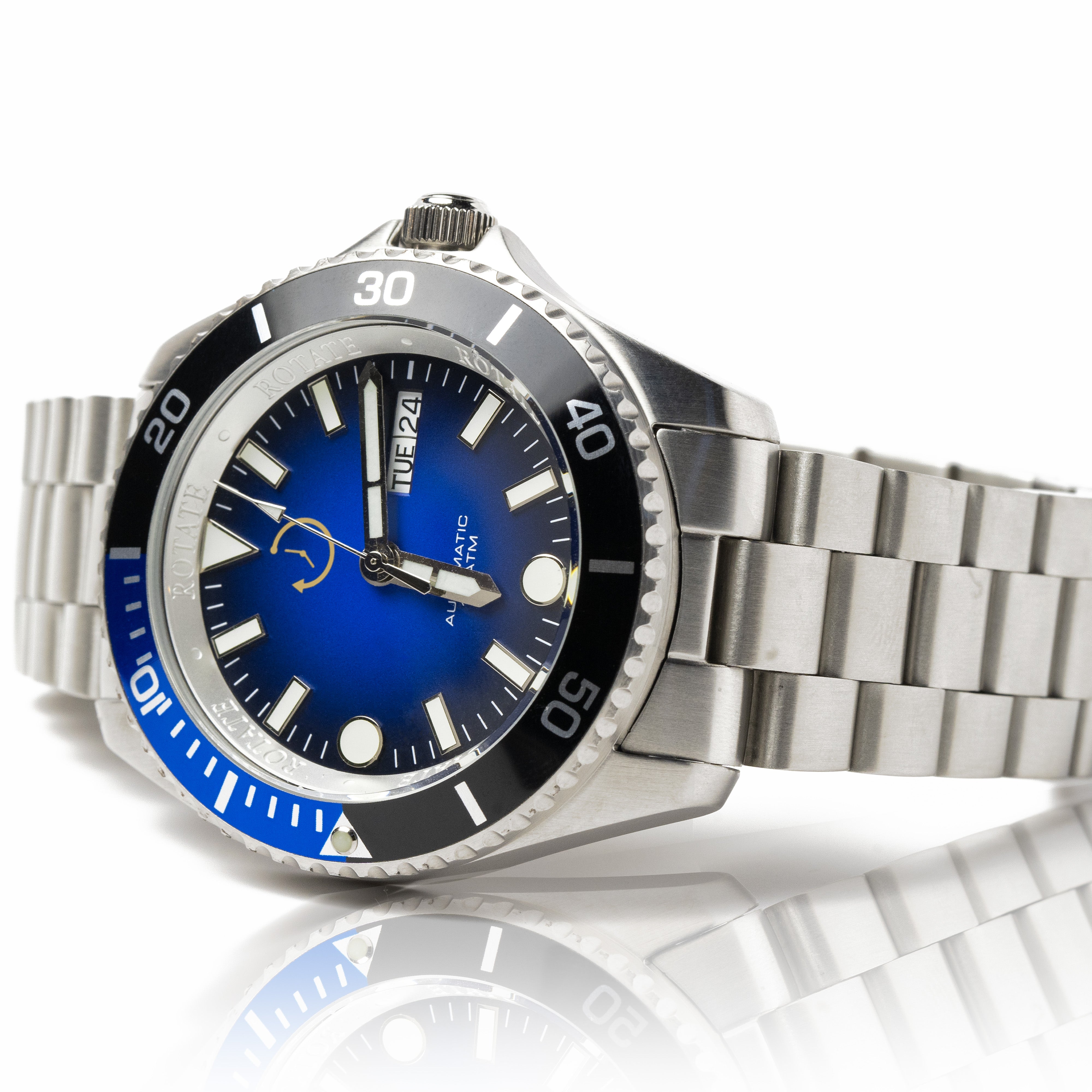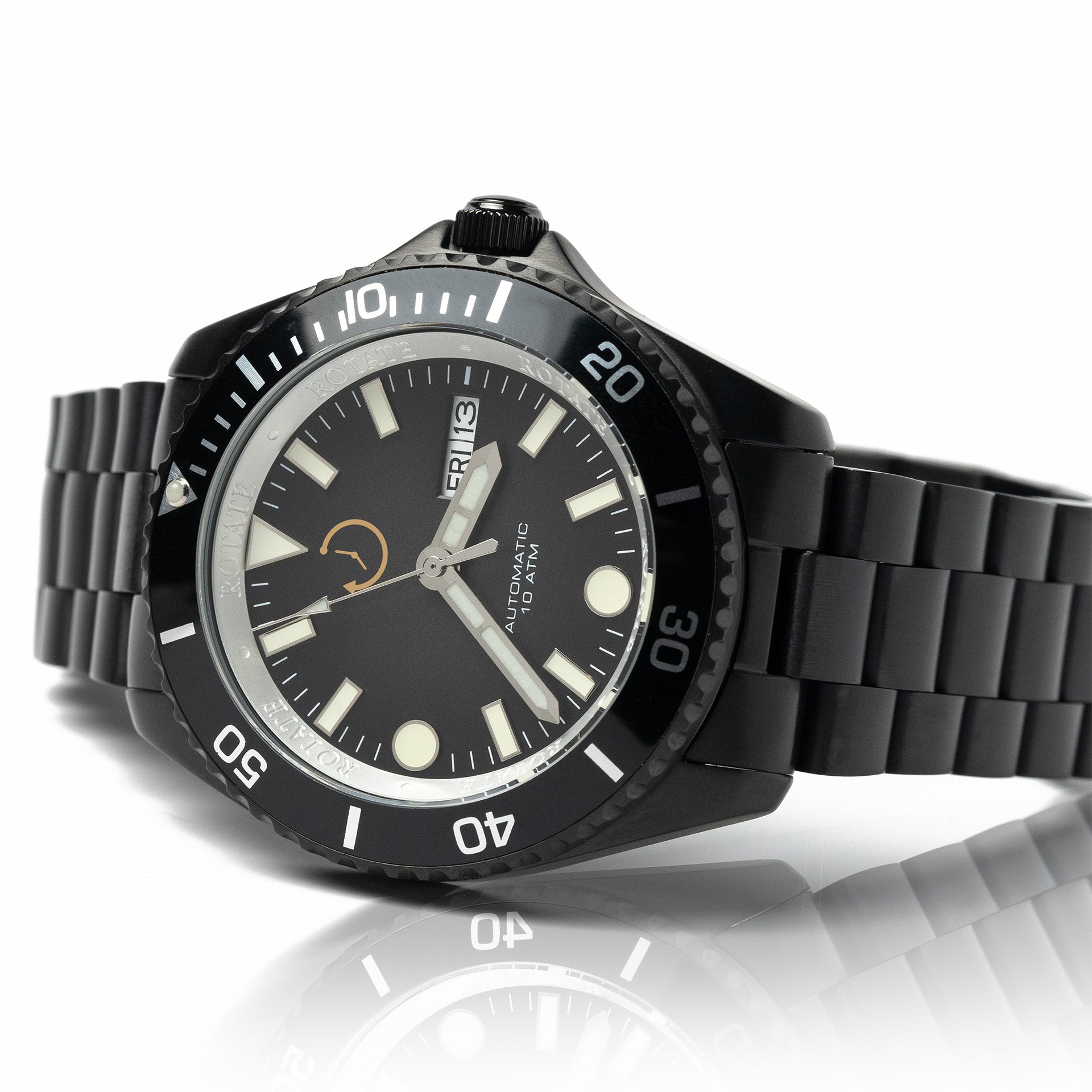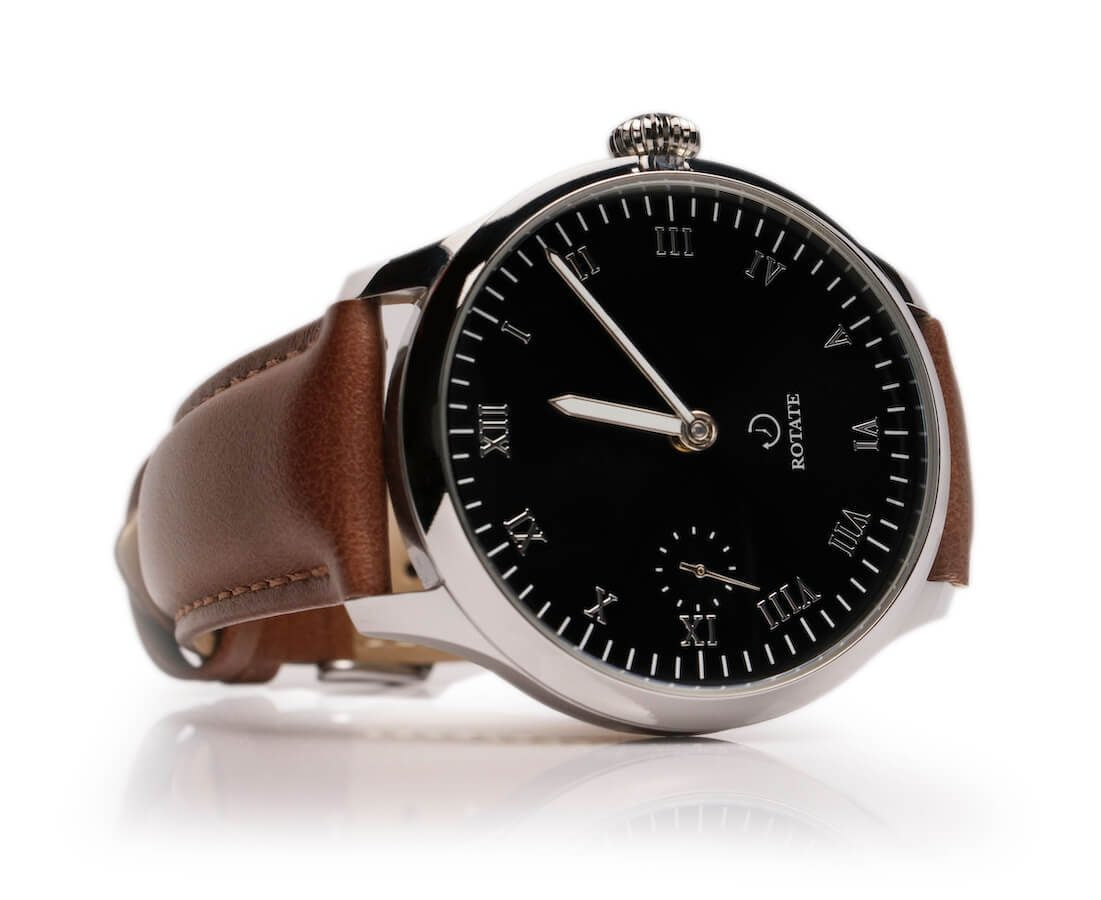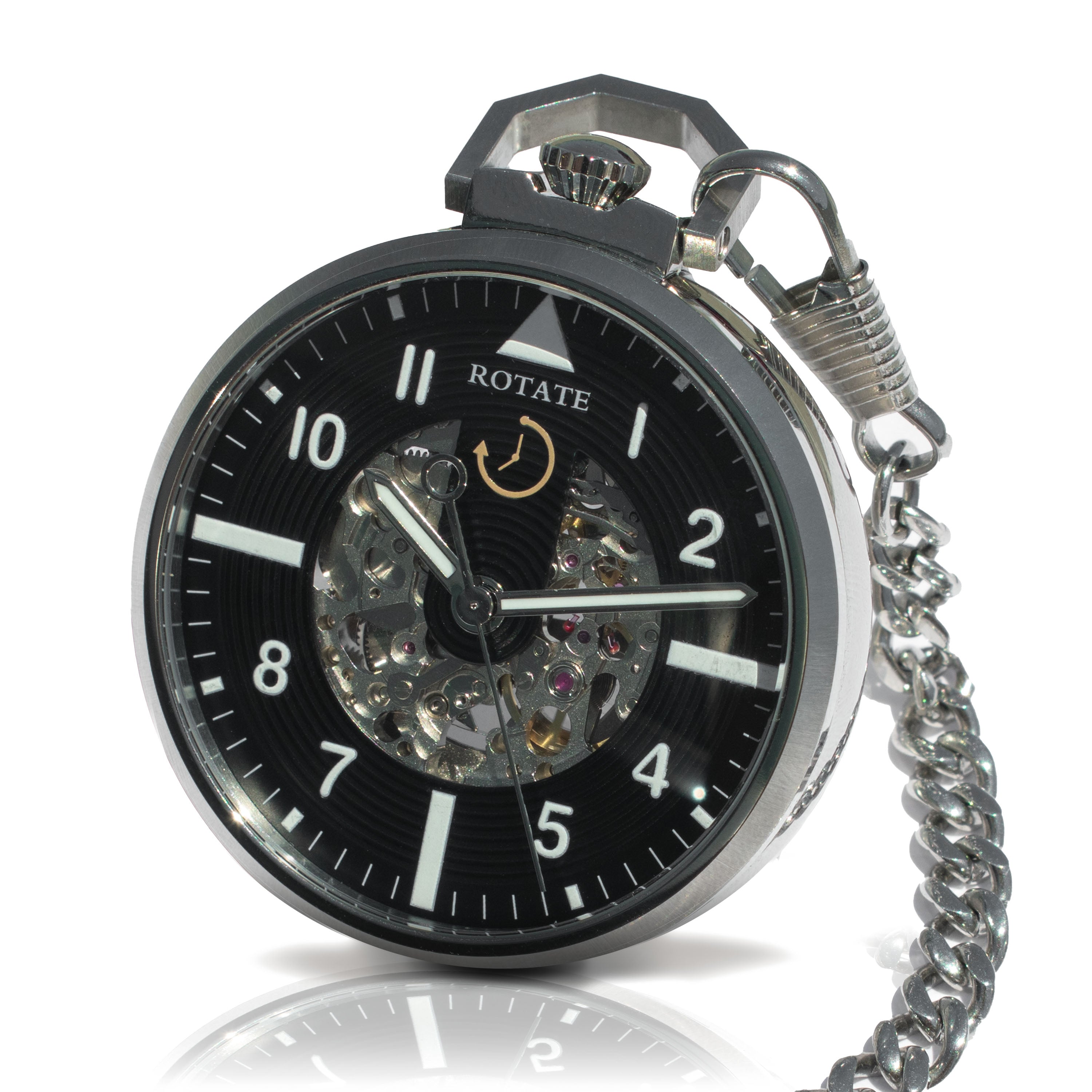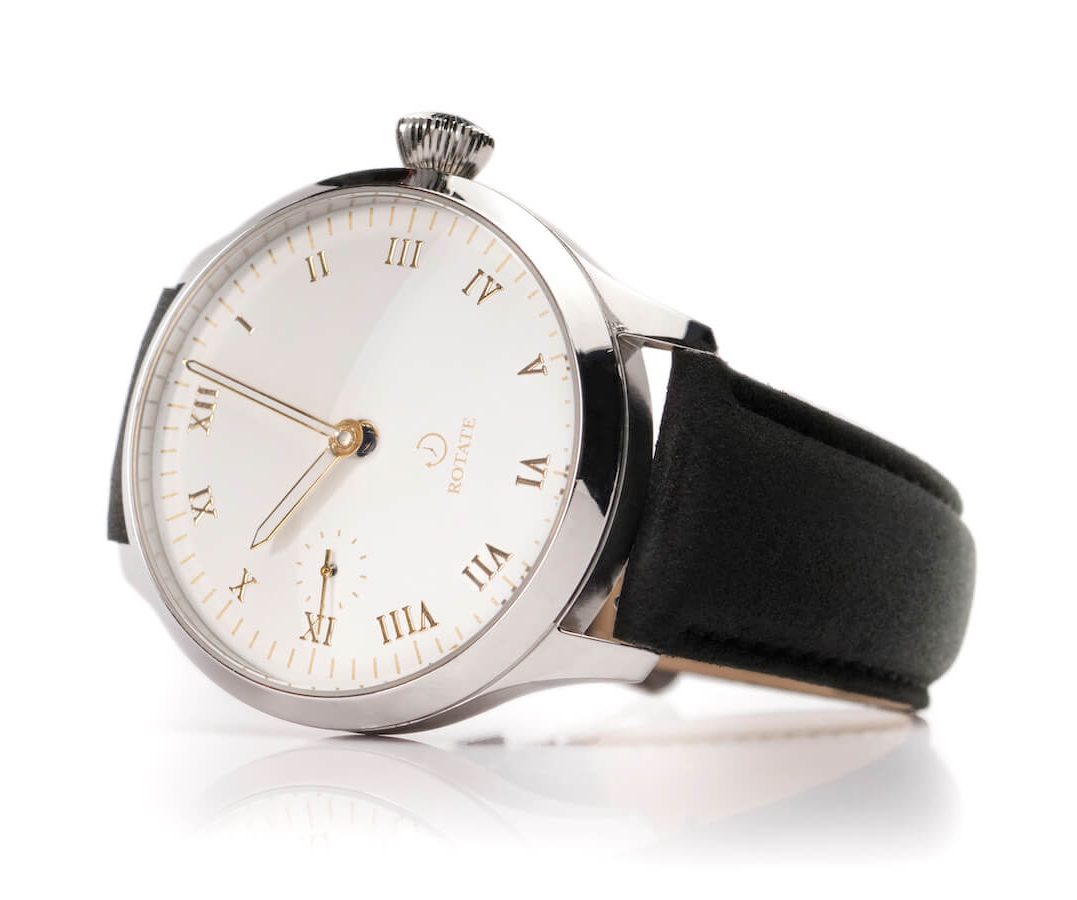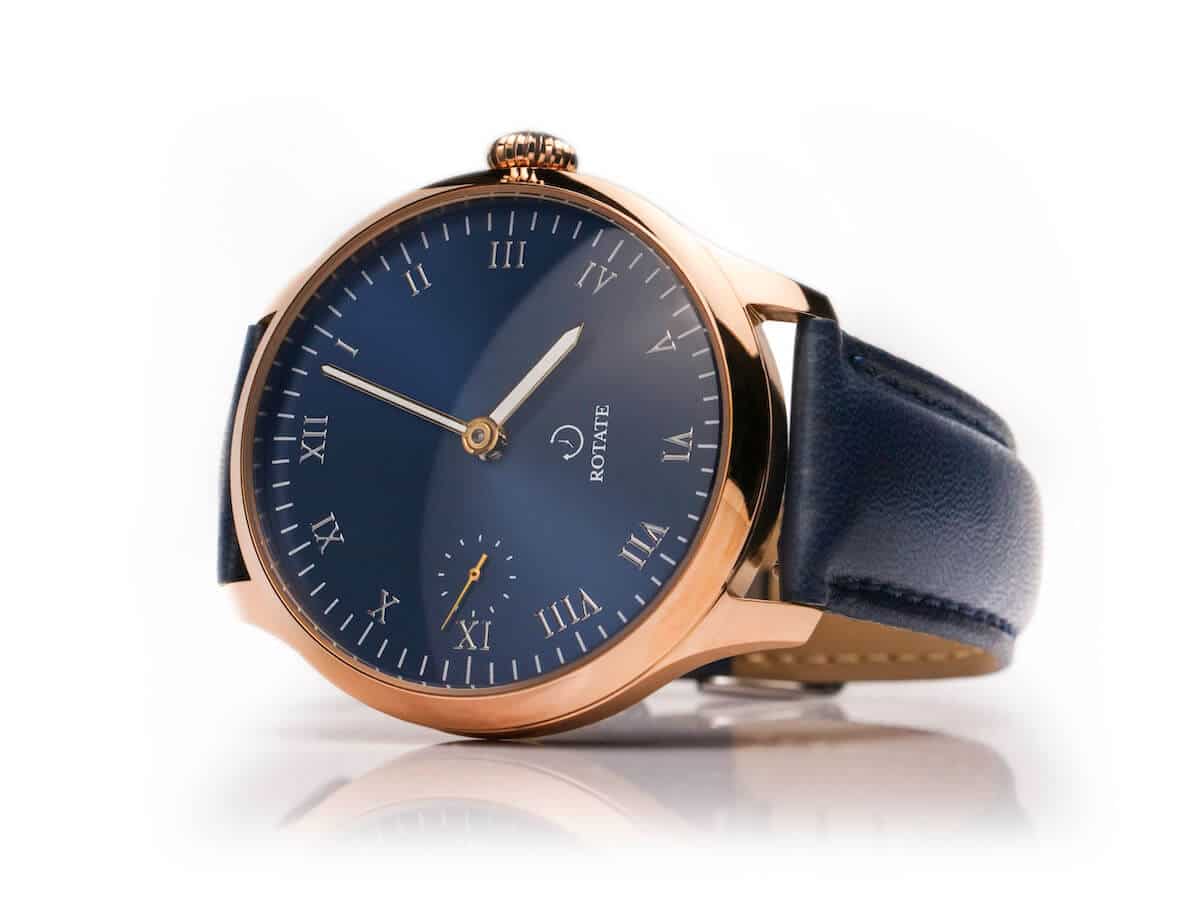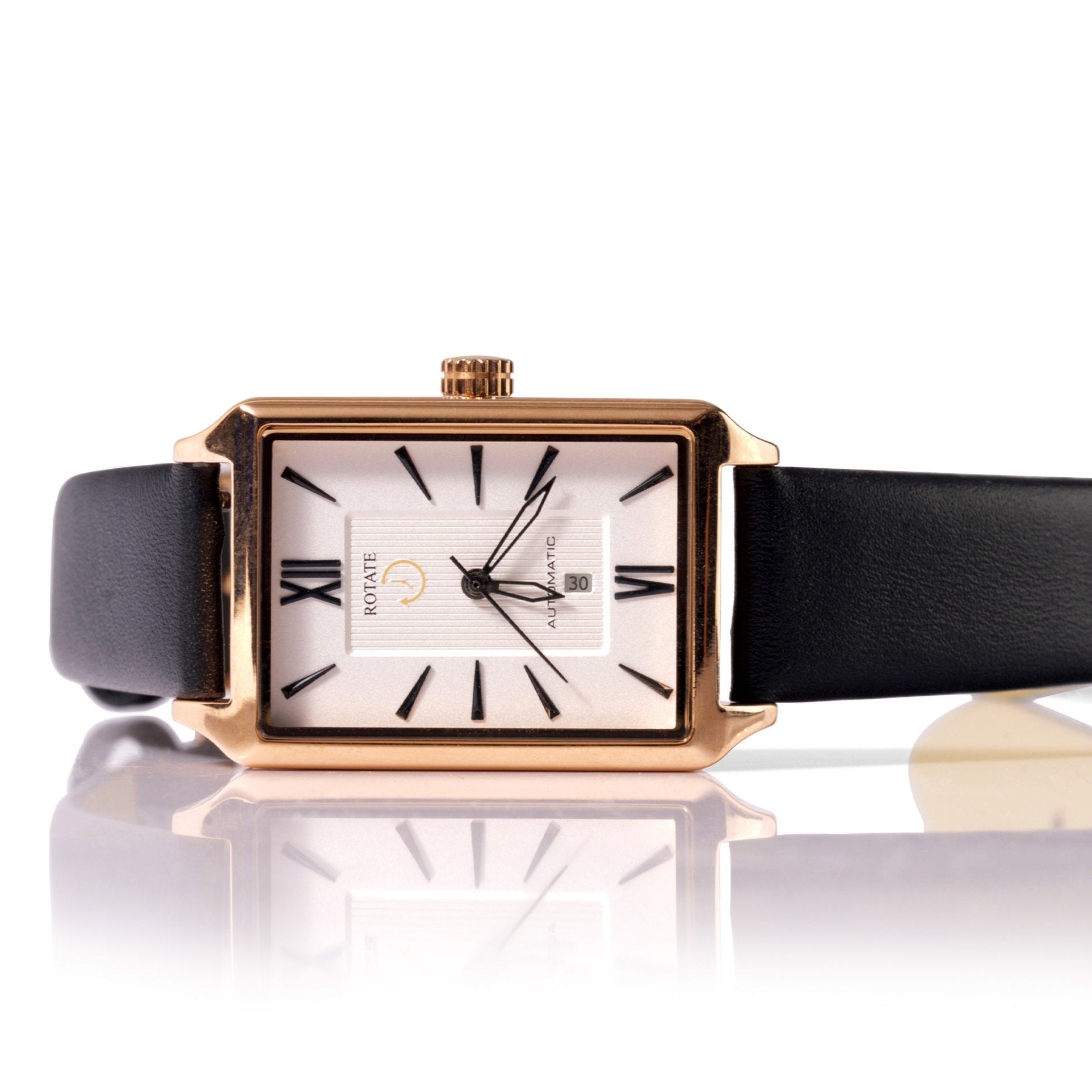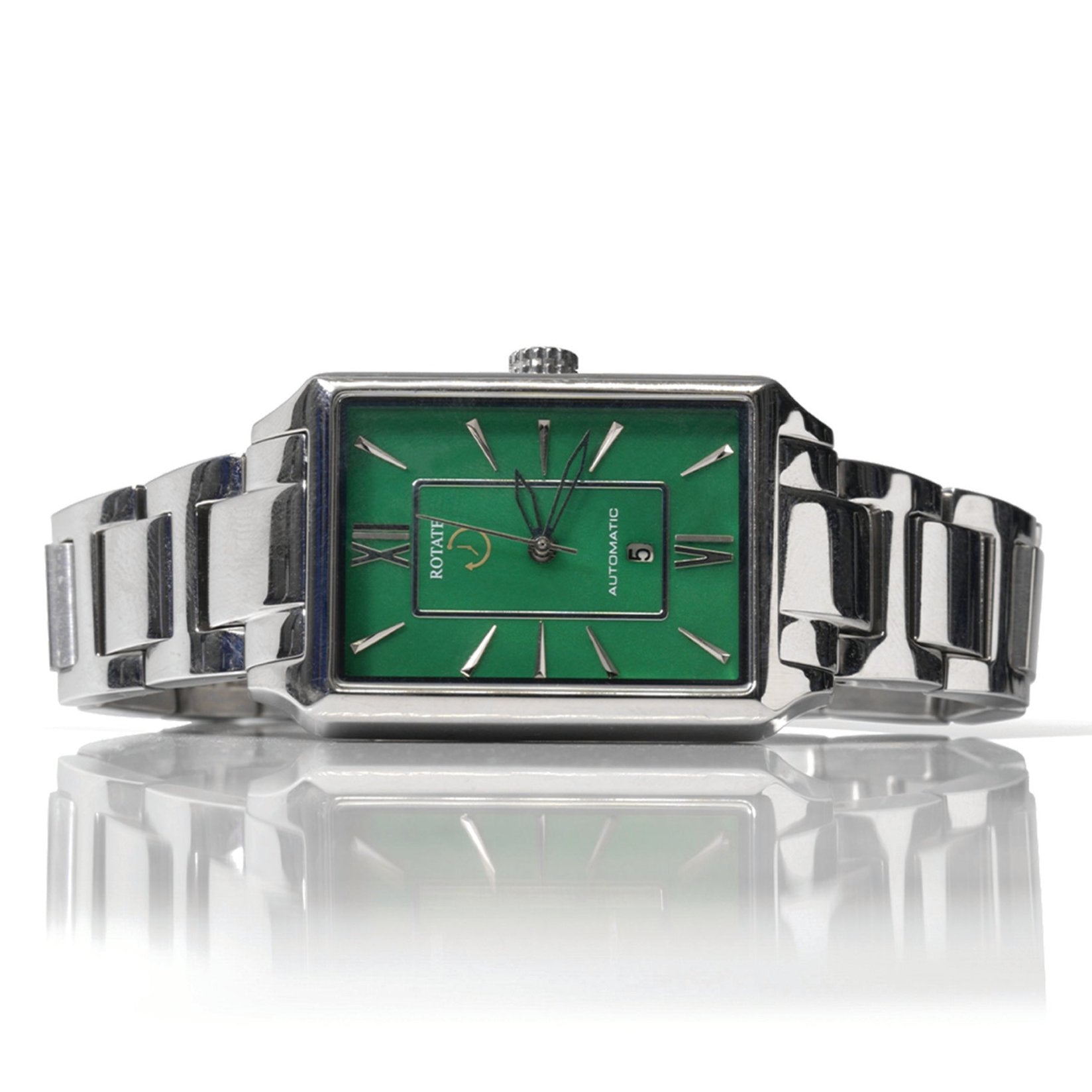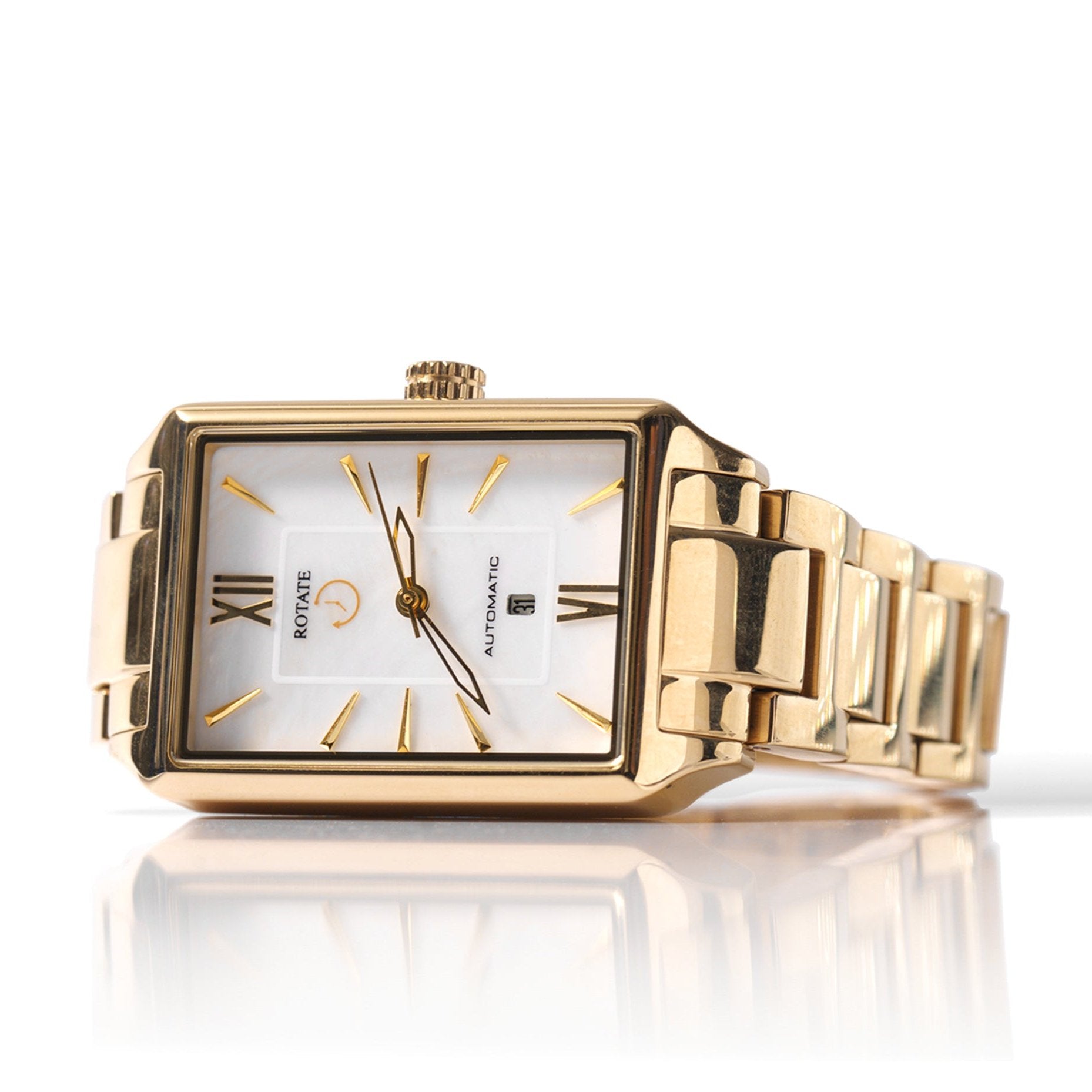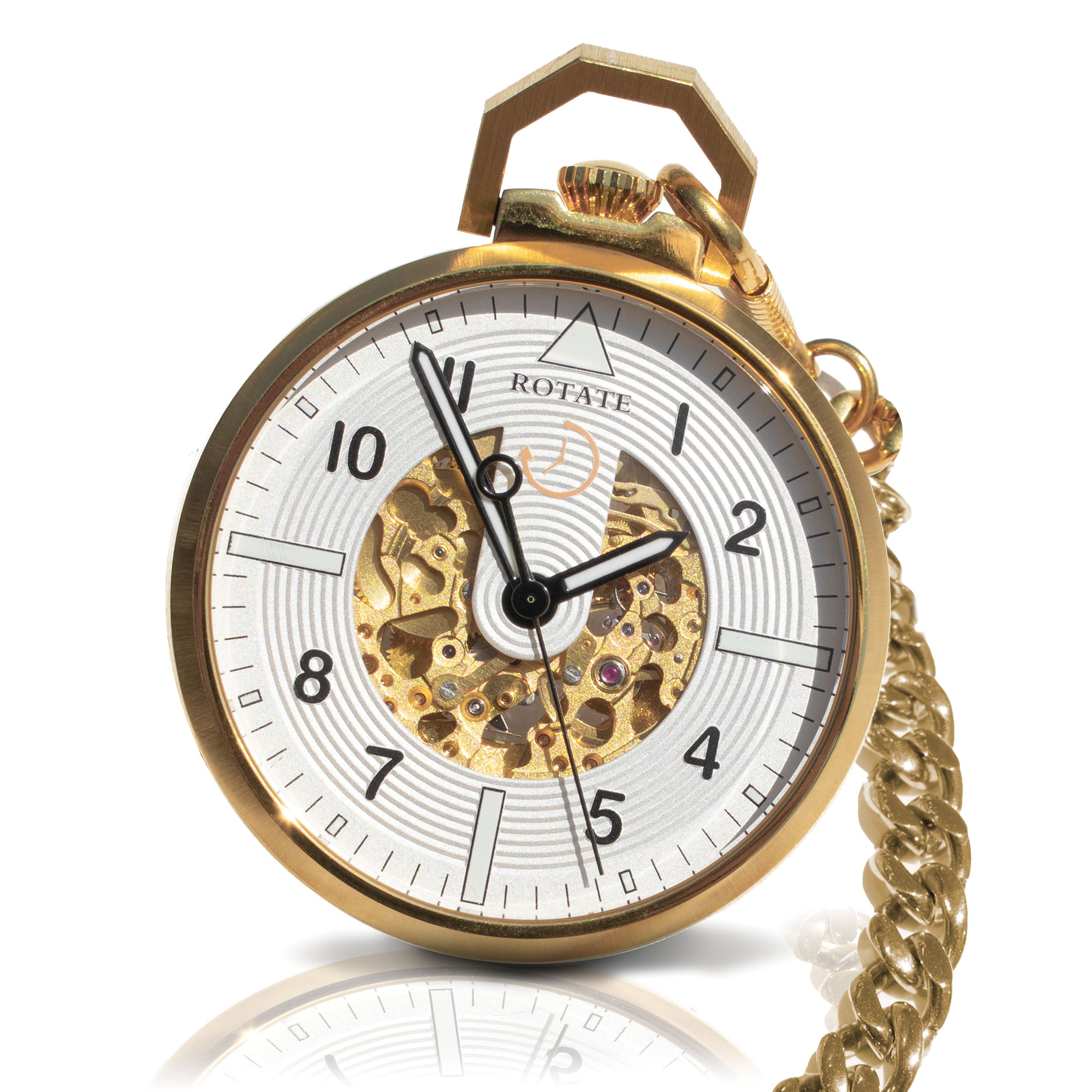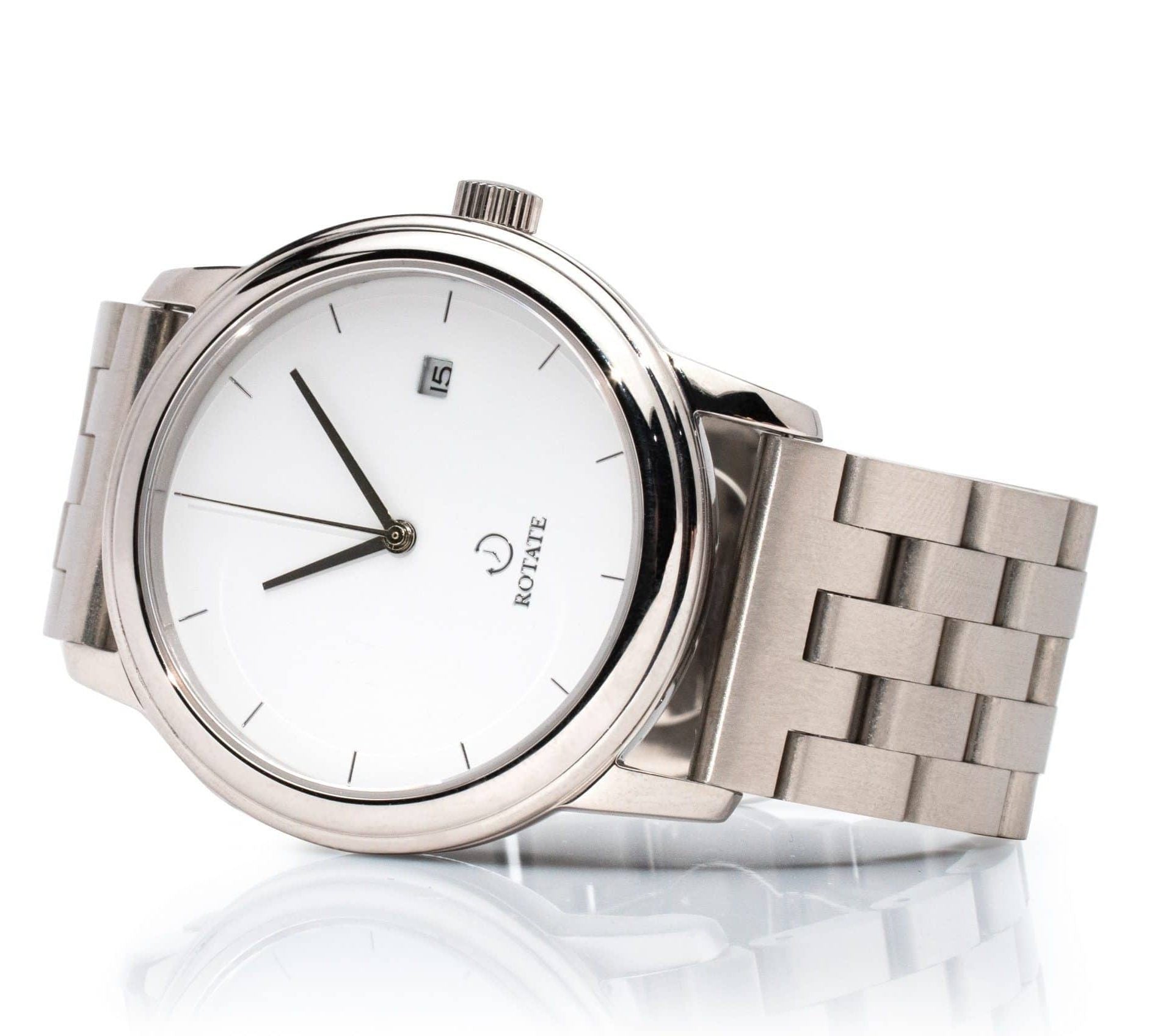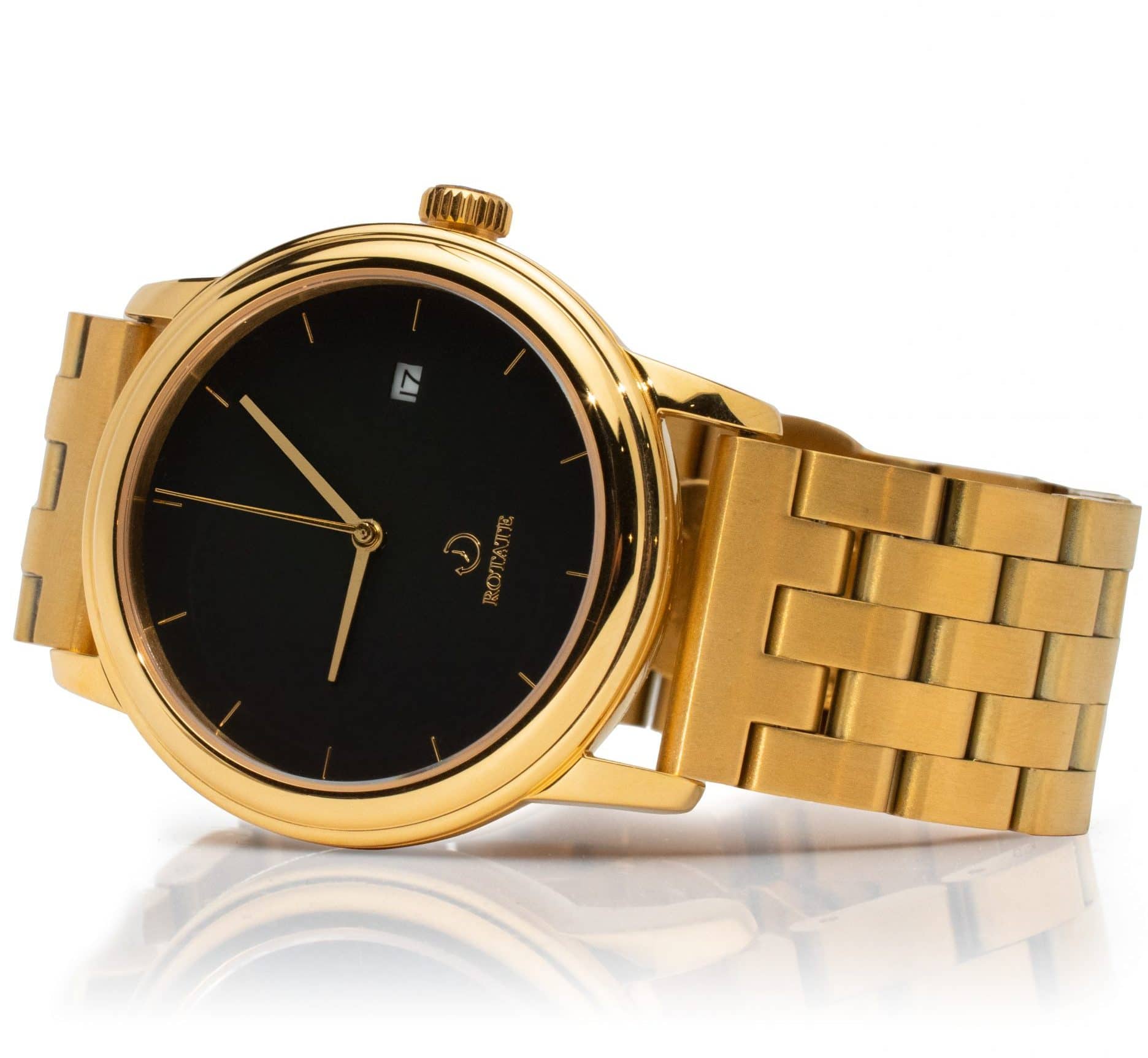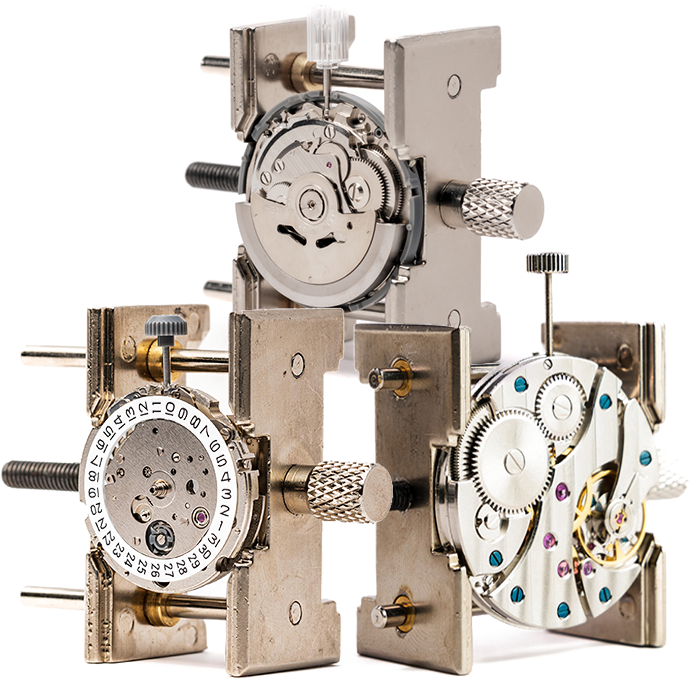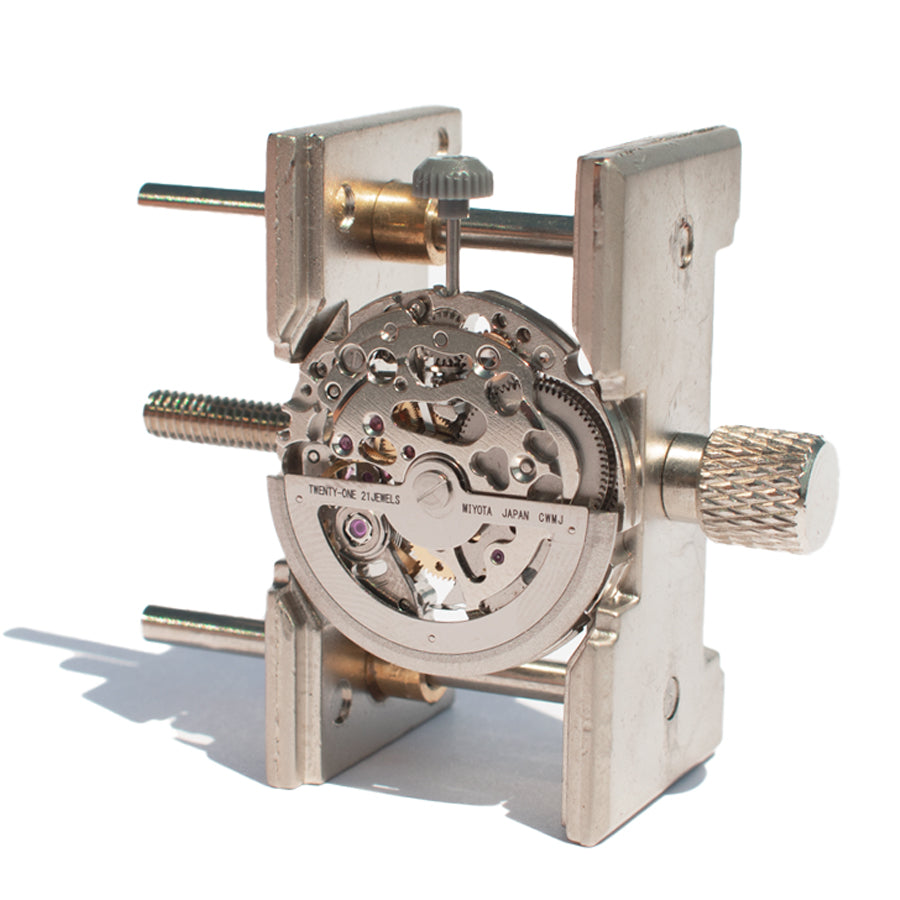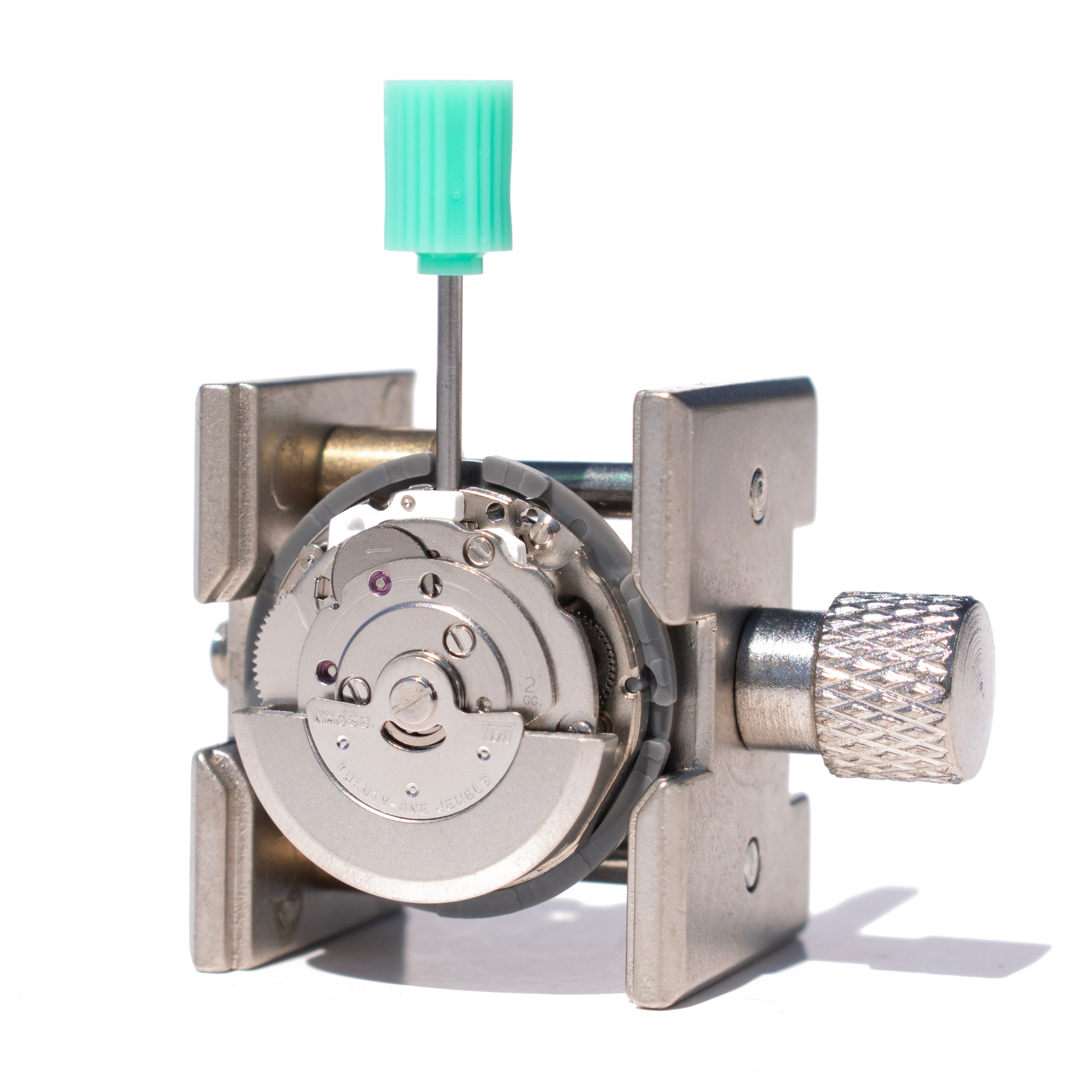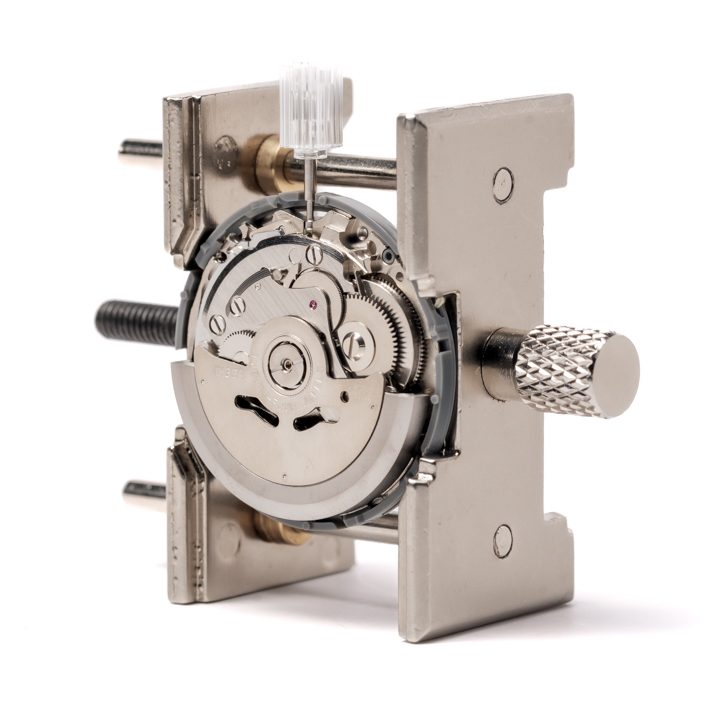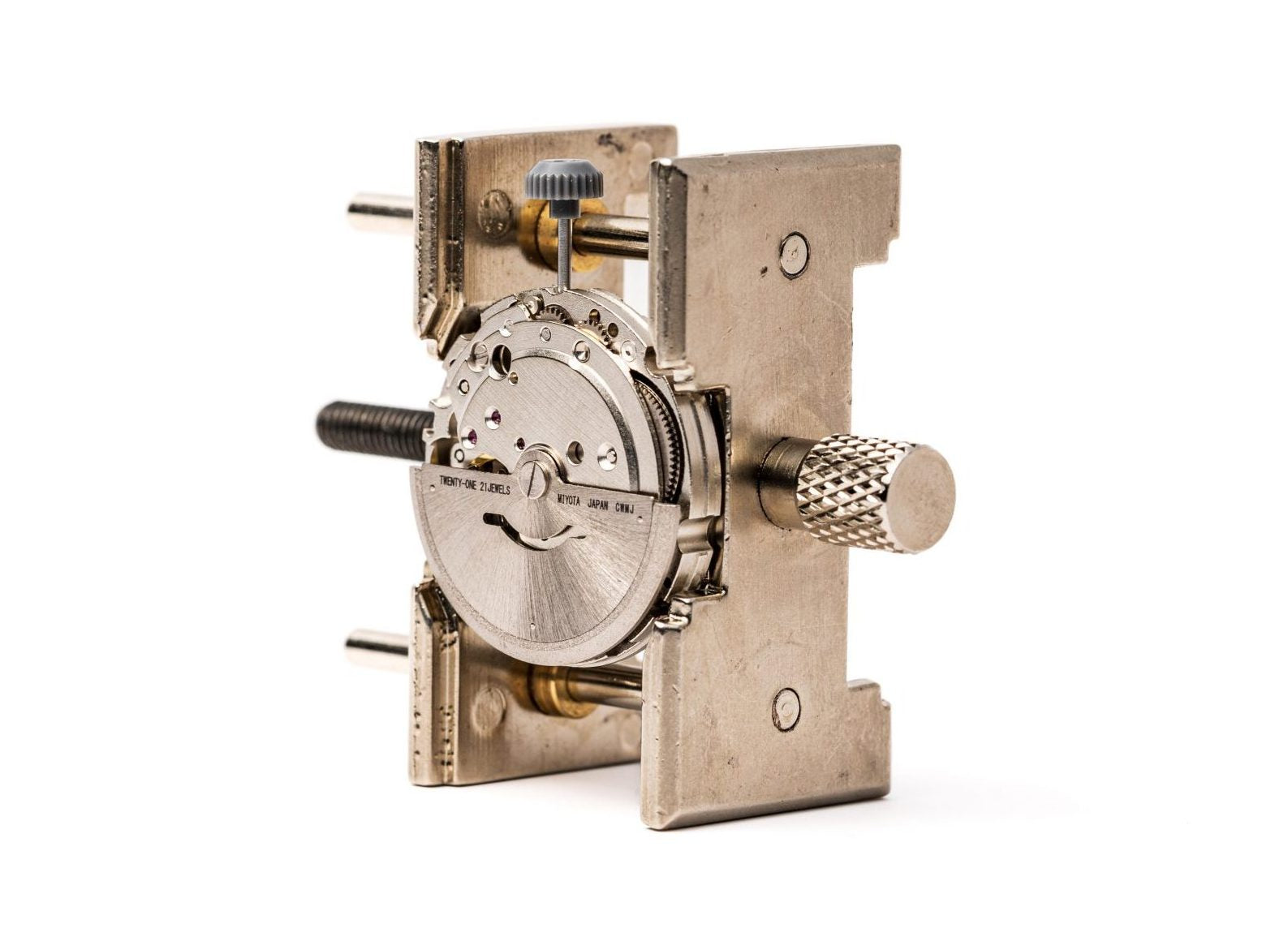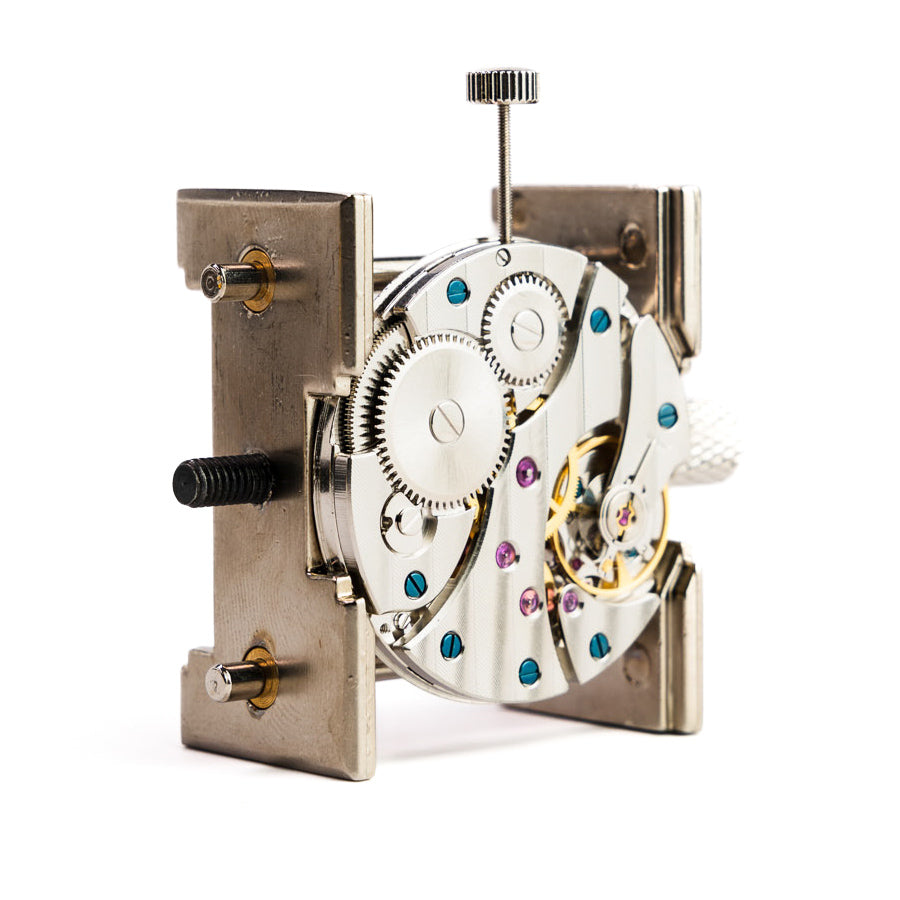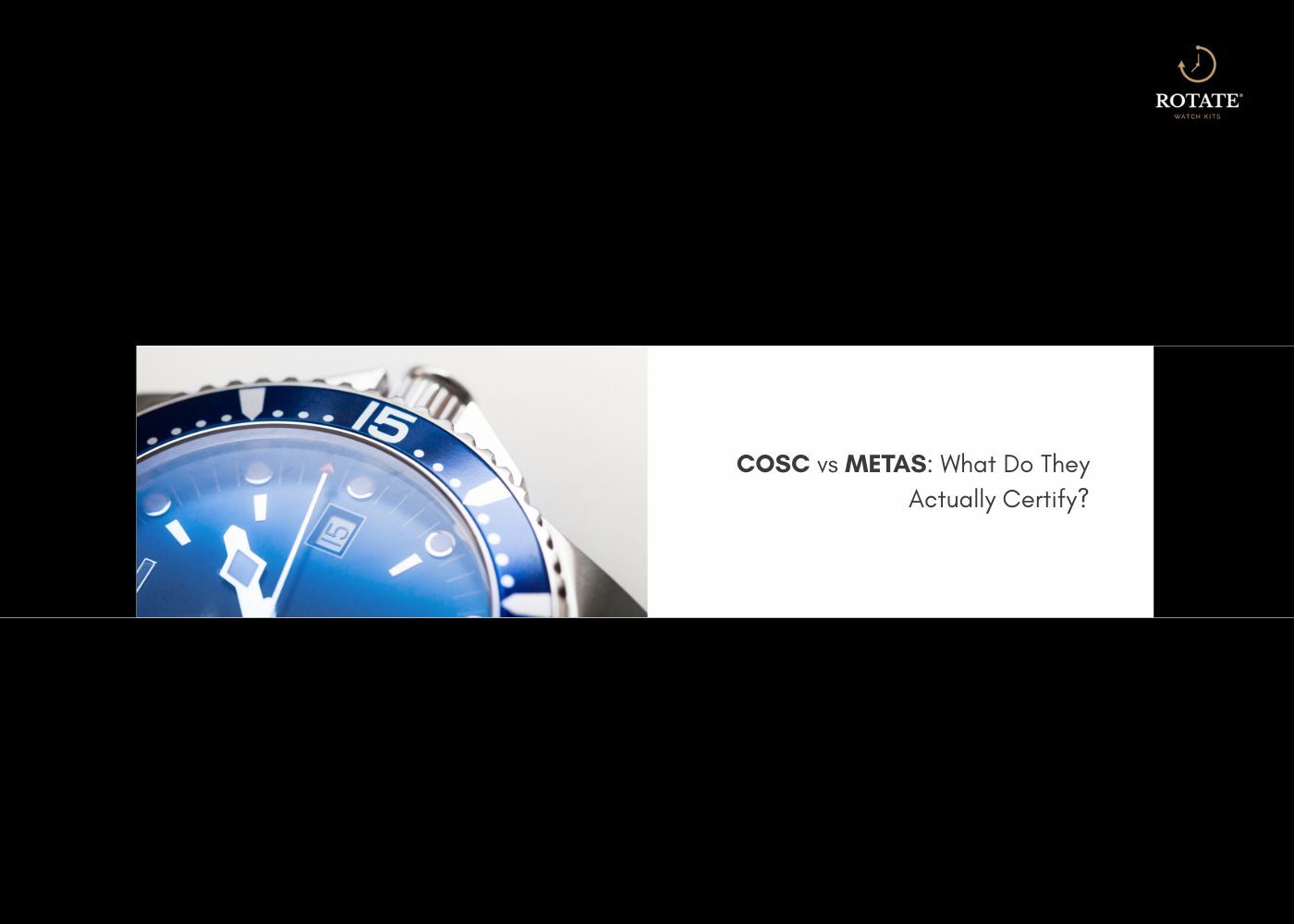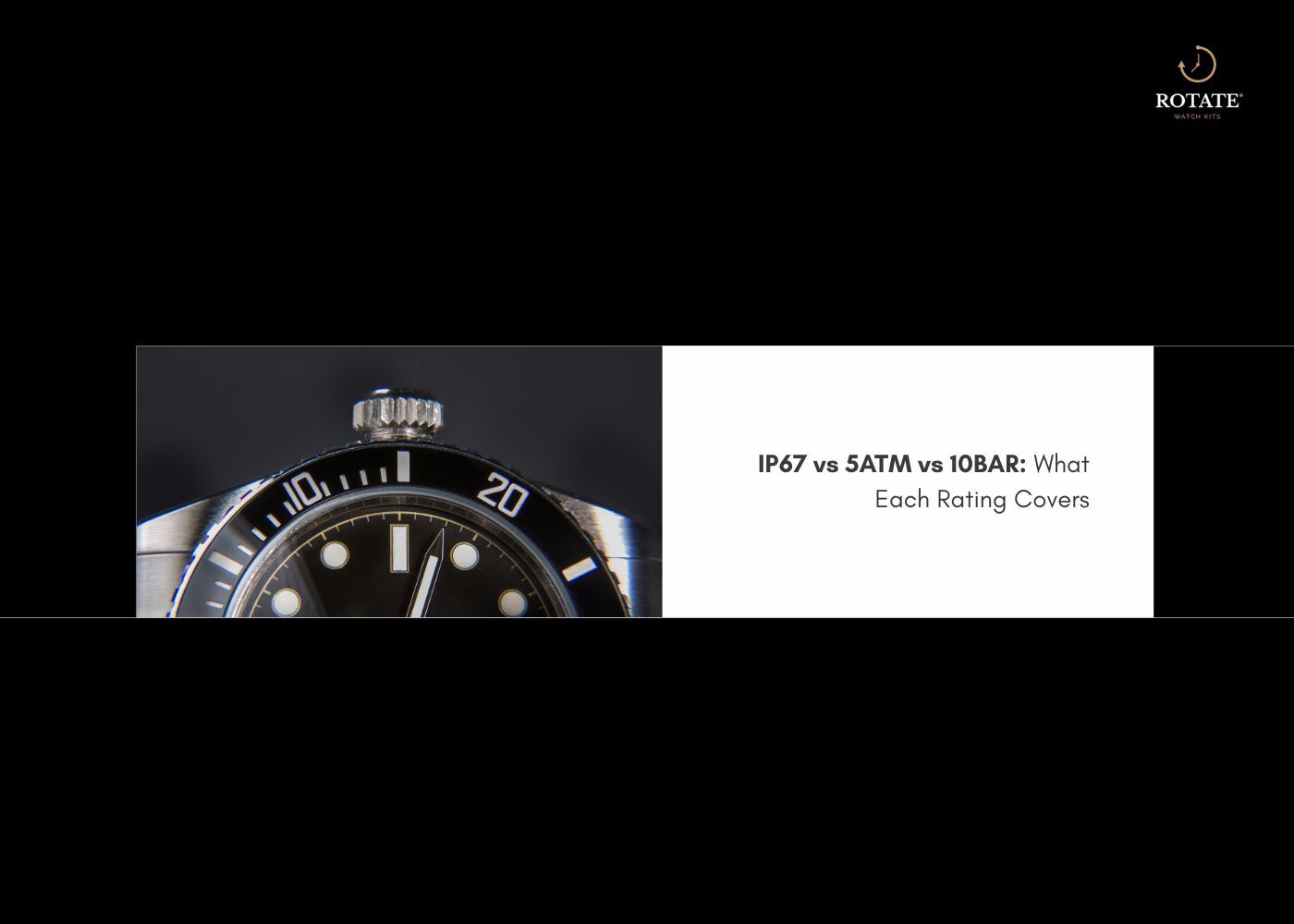
IP67 vs 5ATM vs 10BAR: What Each Rating Covers
Key Takeaways
-
IP67 protects against dust and a short fresh-water dunk, not swim sessions.
-
5ATM suits rain, sinks, and gentle surface swims, not diving.
-
10BAR supports confident swimming and snorkeling, still not a diver rating.
-
IP and ATM come from different tests, so the labels do not map one-to-one.
-
Seals age and knocks matter, so post-impact pressure checks are smart.
Quick note, WR is not the depth you can actually dive to.
Ratings At A Glance And Real-world Use (Ip67 Vs 5atm Vs 10bar)
|
Rating |
Standard |
Core test idea |
Typical devices |
Rain |
Shower |
Pool laps |
Open-water swim |
Snorkeling |
Freedive |
Scuba |
|
IP67 |
IEC 60529 |
Dust-tight plus 1 m for 30 min |
Fitness and smart wearables |
✔ |
✖ |
✖ |
✖ |
✖ |
✖ |
✖ |
|
5ATM 5BAR 50 m |
ISO 22810 |
Static overpressure to 5 bar |
Everyday watches |
✔ |
✖ |
✔ light |
✖ |
✖ |
✖ |
✖ |
|
10ATM 10BAR 100 m |
ISO 22810 |
Static overpressure to 10 bar |
Sport watches |
✔ |
✖ hot water risk |
✔ |
✔ calm |
✔ |
✖ |
✖ |
Dynamic pressure from strokes and waves exceeds calm-water lab numbers, so extra headroom helps in real use.
What Ip67 Vs 5atm Vs 10bar Ratings Cover For Watch Folks

IP67 explained
IP67 comes from the electronics world. Dust cannot enter, then a brief dunk at one meter is tested. Great for rain and hand-washing, not built for swim workouts. For context on terminology and marketing claims, read Water-Resistant vs Waterproof, What's the Real Difference.
5ATM or 5BAR 50 m explained
5ATM under ISO 22810 fits everyday water contact. Hand-washing, rain, and easy surface swims are in scope. Crowns and pushers stay untouched underwater unless the manual says otherwise. A tasteful 5ATM build for office and travel is the Lange Watchmaking Kit, a classic pick for daily wear.
10ATM or 10BAR 100 m explained
10BAR adds a meaningful margin for swimming, surf entries, and snorkeling. Waves and fast arm recovery create pressure spikes beyond static tests, so the 100 m label brings practical safety room. For pool days and weekend snorkels with sport styling, check Cabot Watchmaking Kit or the stealthy Marco Watchmaking Kit.
ISO 22810 vs ISO 6425 in plain terms
ISO 22810 defines general water resistance with overpressure and condensation checks plus functional inspections. ISO 6425 adds diver-specific demands such as readability, corrosion resistance, shock, and thermal cycling, with longer timing tests. A dial that states "Diver's 200 m" signals ISO 6425 compliance. For perspective on how purpose-built divers evolved, read Top Dive Watches, History and Innovation.
Real-world Use Matrix And Pressure Notes
The cheatsheet table above doubles as a use matrix. Rain and hand-washing sit comfortably for 5ATM and 10BAR. Pool laps and casual open-water swims push toward 10BAR. Snorkeling favors 10BAR because strokes, jumps, and waves create dynamic loads that exceed quiet lab conditions.
Watch-nerd Gotchas That Matter
-
Screw-down crowns help clamp the tube seal. Operating crowns or pushers underwater risks ingress unless documentation allows it.
-
Casebacks and crystals rely on gaskets. Impacts, dry seals, and age reduce protection.
-
Hot water, saunas, and rapid temperature swings stress seals and can pull moisture past gaskets.
-
Leather straps absorb water. Wet work calls for bracelet, rubber, or NATO nylon.
Care And Maintenance For Reliable Resistance
Rinse after salt and chlorine to protect gaskets and finish.Dry crown tubes and pusher gaps with a soft cloth.After a back opening for a mod or battery change, request a pressure test at a bench equipped for WR checks.See steps for moisture emergencies in How to Remove Water Condensation from Your Watch.
Buying Guidance In One Quick Flow
-
Desk diver needs: 5ATM covers rain, sinks, and a quick splash.
-
Regular swimmer or snorkeler: 10BAR adds margin for active strokes and wave hits.
-
Diving for real: look for "Diver's 200 m" under ISO 6425.
Myths To Bust
-
"50 m equals safe dives to 50 m" is incorrect.
-
"Screw-down crown guarantees unlimited water resistance" is incorrect.
-
"Once water-resistant, always water-resistant" is incorrect.
One-sentence Wrap
Match IP67, 5ATM, or 10BAR to the way you swim and live, skip hot water, keep seals healthy, and your case will handle the wet parts of life with confidence.
Build Picks With The Right Rating
-
Cabot Watchmaking Kit for 10ATM sports confidence and classic steel presence.
-
Marco Watchmaking Kit for 10ATM, blackout style, and a timing bezel.
-
Lange Watchmaking Kit for 5ATM elegance that fits office to weekend.
Helpful reads to bookmark
Rotate Watches builds complete DIY kits with rated cases, lifetime warranty, and US support. Start a project that fits how you wear your watch, from desk days to pool days.
FAQs
Q1. Is 5ATM enough for daily wear and occasional pool use?
Ans. Yes for rain and gentle surface swims. Hard sprints, high dives, or waves favor 10BAR.
Q2. Can a 10BAR watch handle showers?
Ans. Avoid hot showers. Heat and soap lower sealing performance, and temperature spikes add stress.
Q3. Why does IP67 on a smartwatch feel less swim-ready than 5ATM on a mechanical?
Ans. IP67 checks dust and a short dunk. 5ATM under ISO 22810 targets sustained overpressure closer to swimming.
Q4. What separates 10BAR from a true ISO 6425 diver's watch?Ans. ISO 6425 adds readability, shock, salt-water corrosion, and thermal cycling tests along with longer timing trials.
Q5. Do screw-down crowns improve real-world water resistance?
Ans. Yes, screw-down crowns help clamp the tube seal. Underwater operation still depends on the reference's guidance.
Q6. How often should a watch get pressure-tested after battery changes or knocks?
Ans. After any case opening or significant impact. A quick WR check confirms gaskets and torque are performing as expected.{ "@context": "https://schema.org", "@type": "FAQPage", "mainEntity": [ { "@type": "Question", "name": "Is 5ATM enough for daily wear and occasional pool use?", "acceptedAnswer": { "@type": "Answer", "text": "Yes for rain and gentle surface swims. Hard sprints, high dives, or waves favor 10BAR." } }, { "@type": "Question", "name": "Can a 10BAR watch handle showers?", "acceptedAnswer": { "@type": "Answer", "text": "Avoid hot showers. Heat and soap lower sealing performance, and temperature spikes add stress." } }, { "@type": "Question", "name": "Why does IP67 on a smartwatch feel less swim-ready than 5ATM on a mechanical?", "acceptedAnswer": { "@type": "Answer", "text": "IP67 checks dust and a short dunk. 5ATM under ISO 22810 targets sustained overpressure closer to swimming." } }, { "@type": "Question", "name": "What separates 10BAR from a true ISO 6425 diver’s watch?", "acceptedAnswer": { "@type": "Answer", "text": "ISO 6425 adds readability, shock, salt-water corrosion, and thermal cycling tests along with longer timing trials." } }, { "@type": "Question", "name": "Do screw-down crowns improve real-world water resistance?", "acceptedAnswer": { "@type": "Answer", "text": "Yes, screw-down crowns help clamp the tube seal. Underwater operation still depends on the reference’s guidance." } }, { "@type": "Question", "name": "How often should a watch get pressure-tested after battery changes or knocks?", "acceptedAnswer": { "@type": "Answer", "text": "After any case opening or significant impact. A quick WR check confirms gaskets and torque are performing as expected." } } ] }


